Snapdragons
Snapdragons (Antirrhinum majus) are beautiful
cool-weather flowering plants that will add a vibrancy of multitude colors to
the spring and autumn seasons.
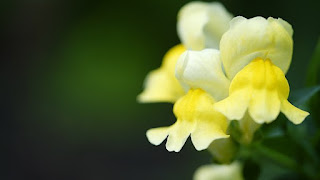
The tubular, bilaterally symmetrical, and generally large flowers have a closed liplike mouth that precludes most insects but may be pushed open by honey bees, the primary pollinators.
The flowers can be
white, yellow, orange, red, pink, or lavender or combinations of those colours.
Varieties
Snapdragons come in a variety of sizes and colours,
with dwarf, intermediate, and tall blooming stems to work with in the garden.
Except for blue, Snapdragons come in a variety of hues.

Following are the famous varieties -
- Snapdragon ‘Royal Bride'
- Snapdragon ‘Night and Day'
- Snapdragon ‘Twinny Peach'
- Snapdragon ‘Madame Butterfly’
Planting and care
Snapdragons like a sunny and open area with fertile,
well-draining soil, however they may tolerate partial shade. Deadheading spent
flowers will extend the flowering period. Nicking off the stem tips on young
plants will make them denser and fuller. Snapdragons can flower many times
over the season, although they prefer the cooler months.
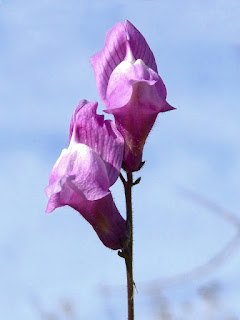
Watering snapdragons properly is another aspect of their maintenance. Keep the plant moist during the first few weeks of growth. This plant require regular watering once they have established themselves. When there isn't any rain, provide about an inch of water every week. Snapdragons of the tall varieties, may need to be staked to stay upright.
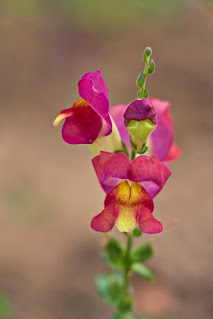
Mold, fungal leaf spots, downy mildew, wilt, and root rots
can all affect this plant. The most frequent insect problems are aphids and spider mites, which may need the use of pesticides in severe infestations.
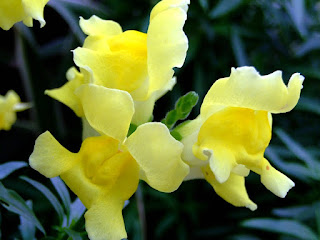
Leverage the power of the colorful shoots of blossoming snapdragons and bring them inside for decorating. As many of the varieties are of fragrant types, the aroma adds another dimension to the beautiful flowers.
Tulip gardening - learn all about tulips
Gerbera - a sinfully beautiful flower
Hibiscus - the jack of all trade flower
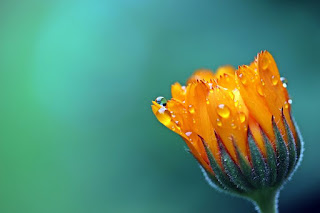

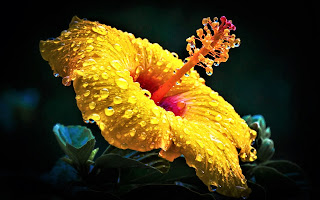
Excellent knowledge explained so well. motivate to explore more in to beautiful world 🌎of mother nature
ReplyDeleteVery informative blog....nice work
ReplyDeleteGood piece of information. Keep writing
ReplyDeleteVery informative Buddy. And well explained. Glad to see Knowledgelama flowering:)
ReplyDeleteVery nicely explained. Excellent study done. Keep it up
ReplyDelete